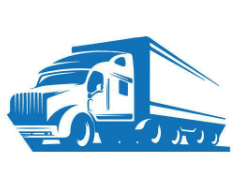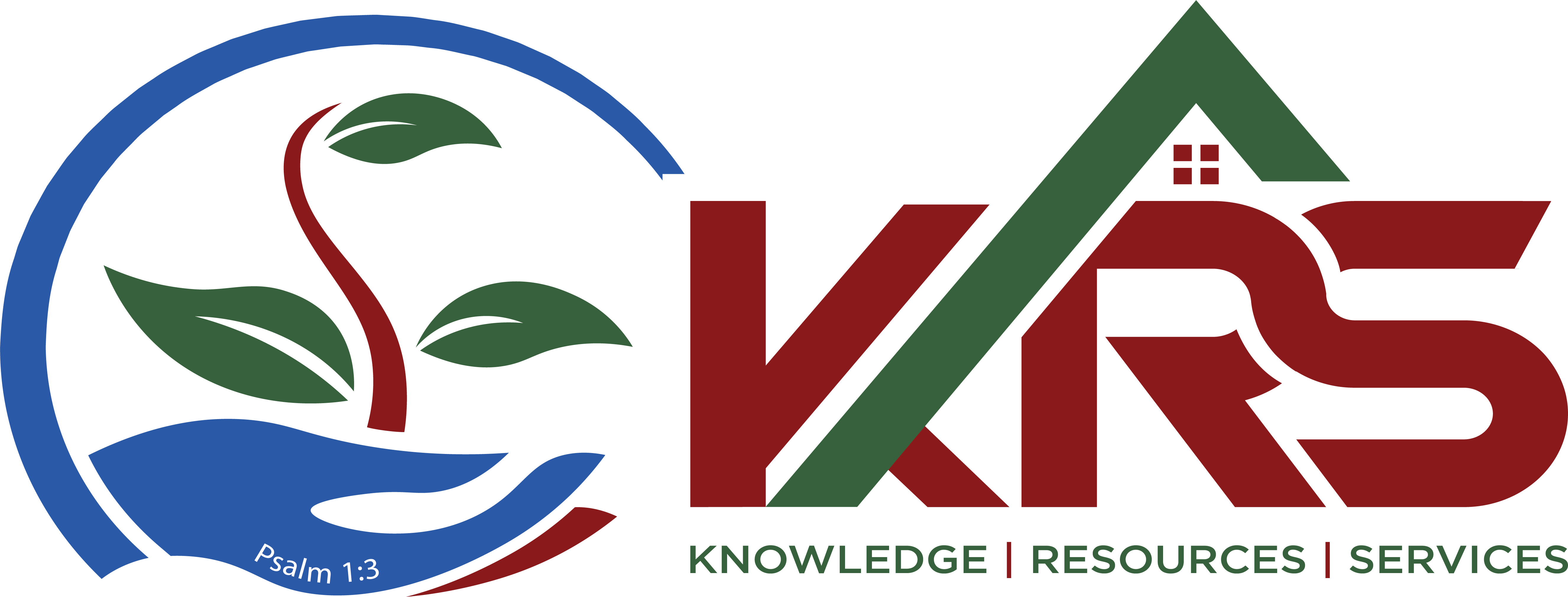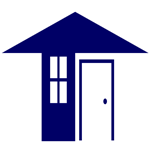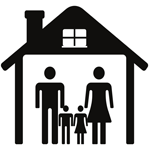Dwelling coverage, in the context of insurance, refers to the part of a homeowner’s insurance policy that protects the physical structure of the home itself. It typically covers damages to the house caused by covered perils such as fire, windstorms, hail, lightning, vandalism, and more. Dwelling coverage typically extends to the main structure of the house, including walls, floors, roof, built-in appliances, and other structures attached to the main dwelling, such as a garage or deck.
When purchasing homeowner’s insurance, it’s crucial to ensure that the dwelling coverage amount is adequate to cover the cost of rebuilding or repairing the home in case of a covered loss. Insufficient dwelling coverage can leave homeowners’ financially vulnerable if their home is damaged or destroyed.
The dwelling coverage amount is usually based on the estimated cost to rebuild the home at current construction costs, rather than the market value of the property. Homeowners’ should regularly review and update their dwelling coverage to account for changes in construction costs and any home renovations or additions that may impact the replacement value of the property.
Other structures coverage
Other structures coverage is a component of homeowner’s insurance that provides protection for structures on the insured property that are not attached to the main dwelling. These structures could include detached garages, sheds, fences, guest houses, and other similar buildings.
Similar to dwelling coverage, other structures coverage typically protects against perils such as fire, windstorms, vandalism, and more, as specified in the insurance policy. It helps cover the cost of repairing or rebuilding these structures if they are damaged or destroyed by covered events.
The amount of other structures coverage included in a homeowner’s insurance policy is usually a percentage of the total dwelling coverage amount. For example, it might be set at 10% of the dwelling coverage amount. However, homeowners’ can adjust this coverage limit to better suit their needs if they have significant structures on their property that require higher coverage limits.
It’s important for homeowners’ to review their insurance policy and ensure that the other structures coverage limit is adequate to cover the replacement cost of all structures on their property. If necessary, they can increase this coverage limit by working with their insurance provider to adjust their policy accordingly.
Personal property coverage
Personal property coverage is a key component of homeowner’s insurance and renters insurance policies. It provides protection for the belongings and possessions owned by the policyholder against covered perils such as fire, theft, vandalism, and more. Personal property coverage typically applies to items such as furniture, clothing, electronics, appliances, jewelry, and other personal belongings kept within the insured property.
The coverage limit for personal property is usually a percentage of the total dwelling coverage amount in homeowner’s insurance policies. For example, it might be set at 50% to 70% of the dwelling coverage amount. Renters insurance policies also include personal property coverage, but the coverage limit is typically chosen by the policyholder based on their estimation of the value of their belongings.
It’s important for homeowners’ and renters to take inventory of their personal belongings and assess their value to ensure that the personal property coverage limit is adequate to replace them in case of a covered loss. If necessary, additional coverage can be purchased to increase the coverage limit or to add coverage for specific high-value items such as jewelry, artwork, or collectibles.
When filing a claim for damaged or stolen personal property, policyholders will typically need to provide documentation such as receipts, photographs, or appraisals to prove ownership and value. Keeping an up-to-date inventory of personal belongings and storing important documents in a safe place can make the claims process smoother in the event of a loss.
Loss of use coverage
Loss of use coverage, also known as additional living expenses (ALE) coverage, is a component of homeowner’s insurance and renters insurance policies. This coverage helps policyholders cover the costs of temporary living expenses if their home becomes uninhabitable due to a covered peril such as fire, windstorm, or vandalism.
When a covered loss occurs and the insured property is deemed uninhabitable, loss of use coverage typically reimburses the policyholder for additional expenses incurred while living elsewhere temporarily. These expenses may include:
- Temporary accommodation costs: Rent for a temporary rental home, apartment, or hotel expenses while the insured property is being repaired or rebuilt.
- Food and storage costs: Increased grocery bills due to dining out more often or storing perishable items in a temporary location.
- Transportation costs: Additional commuting expenses if the temporary living arrangements are farther from work or school than the insured property.
- Other necessary expenses: Costs incurred for items such as laundry, pet boarding, or temporary storage of belongings.
The coverage limit for loss of use coverage is usually a percentage of the total dwelling coverage amount in homeowner’s insurance policies. For renters insurance policies, it’s a separate limit chosen by the policyholder.
Policyholders should keep track of their additional living expenses and retain receipts and documentation to support their claims. The insurance company will typically reimburse the policyholder for covered expenses up to the policy’s specified limit and within a reasonable timeframe until the insured property becomes habitable again or the claim settlement process is completed.
Liability coverage
Liability coverage is a component of various insurance policies, including homeowner’s insurance, renters insurance, auto insurance, and umbrella insurance. It provides protection against financial loss if the policyholder is found legally responsible for injuring someone else or damaging their property.
In the context of homeowner’s insurance, liability coverage typically includes coverage for bodily injury and property damage that occurs on the insured property or as a result of the actions of the policyholder or their family members. This coverage can help pay for medical expenses, legal fees, and damages if the policyholder is sued for injuries or property damage caused by an accident or negligence.
Examples of situations where liability coverage may come into play include:
- A guest slipping and falling on the insured property and suffering injuries.
- A family member accidentally damaging a neighbor’s property.
- Legal expenses if the policyholder is sued for libel or slander.
- Dog bites or other pet-related injuries caused by the policyholder’s pet.
Liability coverage typically includes a coverage limit, which is the maximum amount the insurance company will pay for covered claims. It’s essential for homeowners’ to review their liability coverage limits and consider whether additional coverage may be necessary, especially if they have significant assets to protect.
Umbrella insurance is a type of additional liability coverage that provides extra protection beyond the limits of standard homeowner’s insurance or auto insurance policies. It can be a cost-effective way to increase liability coverage limits and provide broader protection against lawsuits and financial loss.
Medical payments coverage
Medical payments coverage, also known as “med pay,” is a component of various insurance policies, including homeowner’s insurance, renters insurance, and auto insurance. This coverage is designed to pay for medical expenses incurred by individuals who are injured on the insured property or as a result of the insured’s actions, regardless of who is at fault for the injury.
In the context of homeowner’s insurance, medical payments coverage typically applies to injuries that occur on the insured property, such as slips and falls, dog bites, or other accidents. It can help cover medical expenses like hospital bills, doctor’s fees, ambulance services, and other necessary medical treatments for the injured party.
One of the key features of medical payments coverage is that it operates on a no-fault basis, meaning the injured party can receive coverage for their medical expenses without having to establish who was at fault for the accident. This can help expedite the claims process and provide financial assistance to the injured party promptly.
Medical payments coverage usually has a coverage limit, which is the maximum amount the insurance company will pay per injured person or per accident. Policyholders can typically choose the coverage limit when purchasing their insurance policy, and it’s essential to consider factors like the size of the property and potential risks when determining the appropriate coverage limit.
It’s important to note that medical payments coverage is separate from liability coverage, which covers injuries and damages for which the insured is legally responsible. Medical payments coverage is meant to provide timely assistance for medical expenses regardless of fault, while liability coverage handles legal and financial protection in case the insured is found responsible for injuries or damages.






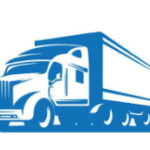

 Whether you are a small business or a large corporation, we can provide you with the amount of funding you need to succeed.
Whether you are a small business or a large corporation, we can provide you with the amount of funding you need to succeed.



